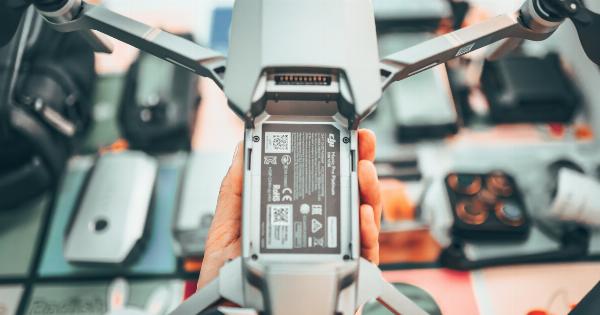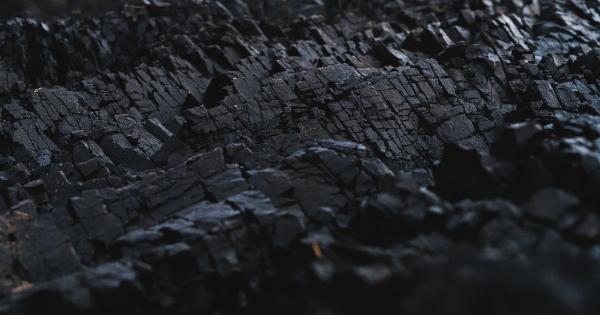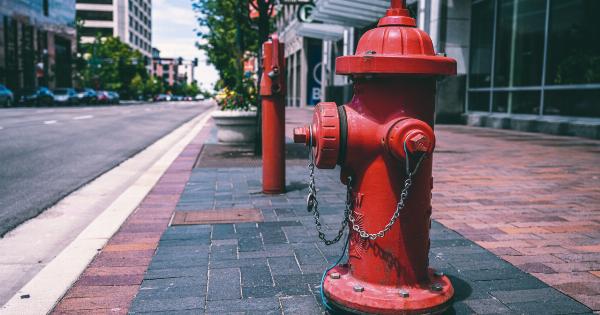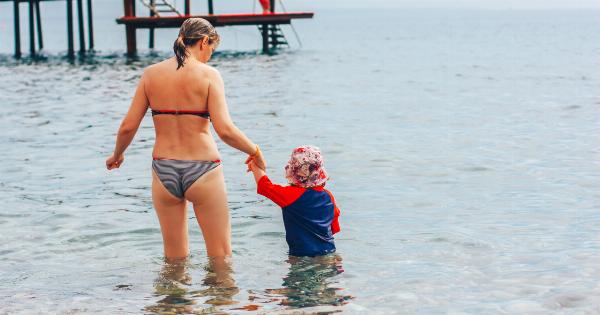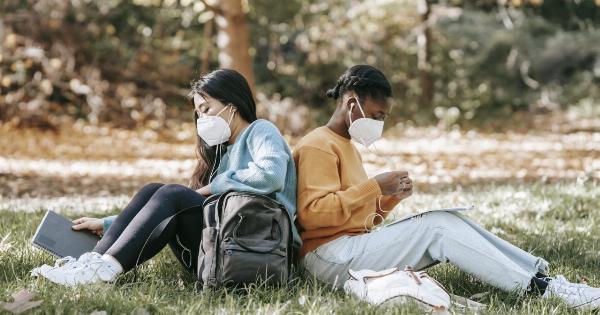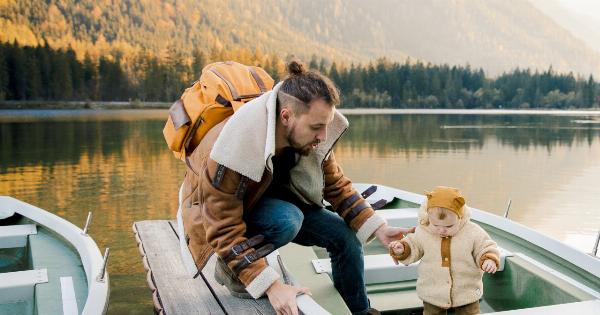Your home is where you should feel safe and secure. However, there are many potential dangers that could harm you or your family. That’s why it’s essential to perform regular safety checks in your home to reduce the risk of accidents or emergencies.
Here are the top 7 at-home safety checks everyone should do:.
1. Test Your Smoke Alarms
Smoke alarms are vital in alerting you of a fire in your home. Once a month, press the test button to check if your alarms are working correctly. It’s also recommended to change the batteries at least once a year.
2. Check Your Carbon Monoxide Detectors
Carbon monoxide is a colorless and odorless gas that can be deadly. Carbon monoxide detectors should be installed in all sleeping areas and on every level of your home.
Check the batteries and test the detectors once a month to ensure they’re working correctly.
3. Inspect Your Electrical Cords and Outlets
Exposed wires, frayed cords, and loose outlets can cause electrical fires. Inspect all your electrical cords and outlets around your home. If you find any issues, replace or repair them immediately.
Also, avoid overloading outlets with too many appliances or devices.
4. Ensure Adequate Lighting
Make sure that your home is well-lit to prevent trips, falls, and other accidents. Outdoor areas, hallways, and stairs should have adequate lighting. Consider using nightlights in bedrooms and bathrooms for added safety.
5. Secure Your Home from Burglars
Protect your home from burglars by taking necessary measures such as installing security cameras, locks, and alarms. Check that all doors and windows are locked before leaving your home, and never leave spare keys outside your home.
6. Childproof Your Home
If you have young children, make sure that your home is safe for them. Use safety gates to block off stairs, secure cabinets, and drawers with childproof locks, and cover electrical outlets.
7. Prepare for Emergencies
Emergencies can happen anytime and anywhere. Make sure that you and your family are prepared for them. Keep a first aid kit, flashlight, and extra batteries on hand.
Create a emergency plan with your family for natural disasters, power failures, and other emergencies.
Conclusion
Performing regular safety checks in your home is essential in keeping you and your family safe. By following the steps outlined above, you can minimize the risks of accidents or emergencies in your home.
Always remember that prevention is better than cure.

